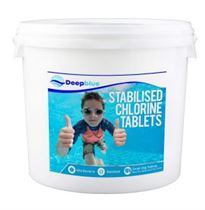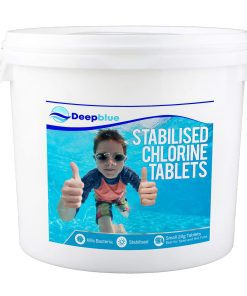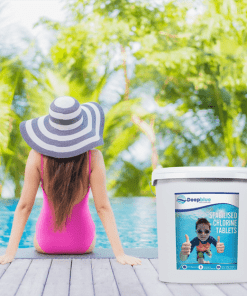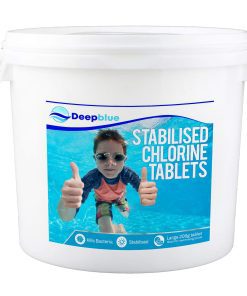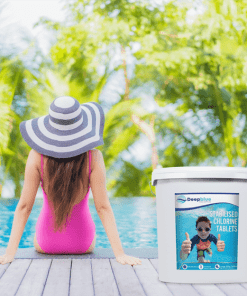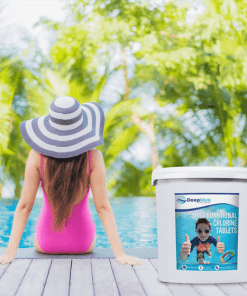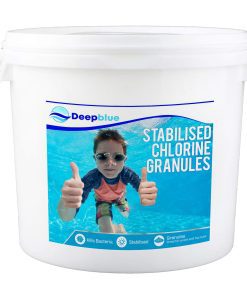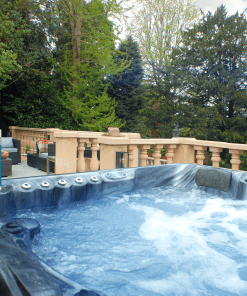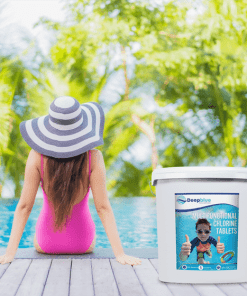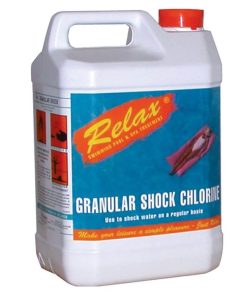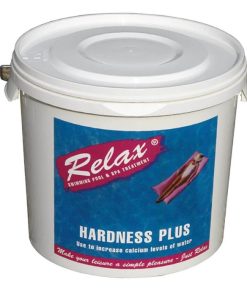Blogpool, Maintenance, Swimming Pools, Water Testing
Pool Cleaning Basics: How to Keep Your Pool Sparkling Clean
Maintaining a sparkling clean swimming pool is key to enjoying your backyard oasis. A dirty pool not only looks unappealing but can also become a breeding ground for bacteria and algae. Proper pool cleaning involves more than just skimming leaves off the surface — it’s about maintaining a regular cleaning schedule and making sure your pool’s water chemistry is balanced. Here’s a detailed guide on how to keep your pool clean and crystal-clear.
Why Regular Pool Cleaning is Important
Keeping your pool clean is not only about aesthetics but also about safety. Dirt, debris, and bacteria can cause health risks, and algae can make the pool surface slippery, increasing the risk of accidents. Regular maintenance also ensures that your pool equipment runs smoothly, extending its life and saving you from costly repairs.
Daily Pool Maintenance Tasks
To maintain a clean pool, start with these daily tasks:
- Skim the Surface: Use a pool skimmer to remove leaves, bugs, and other debris floating on the surface. Doing this daily helps prevent debris from sinking to the bottom and makes the pool look more inviting.
- Empty the Skimmer Baskets: Skimmer baskets catch debris before it reaches your pool pump, so keeping them clear helps maintain good water circulation.
- Check Water Levels: The water level should sit at about the midpoint of the skimmer. Too much water, and debris will float above the skimmer. Too little, and the pump might run dry.
Weekly Pool Maintenance Tasks
In addition to daily cleaning, perform these tasks weekly to keep your pool in great condition:
- Brush the Walls and Floor: Use a pool brush to scrub the walls and floor of your pool. Algae and dirt can cling to the surface, especially in corners or along steps, so thorough brushing helps keep these areas clean.
- Vacuum the Pool Floor: A pool vacuum can remove dirt, leaves, and debris that sinks to the bottom. You can use an automatic pool cleaner or a manual vacuum. Vacuuming once a week ensures no debris settles on the floor and makes water circulation more effective.
- Test Water Chemistry: Use a pool test kit or test strips to check the chemical balance of your water. Keep an eye on the following levels:
- pH levels: 7.2-7.6
- Alkalinity: 80-120 ppm
- Chlorine: 1-3 ppm
Balancing Pool Chemicals
Keeping your pool’s water chemistry balanced is crucial for preventing algae growth, maintaining clear water, and avoiding damage to the pool’s structure. Here’s a quick overview of how to adjust the chemical levels in your pool:
- pH Levels: If the pH is too high (above 7.6), add muriatic acid or a pH decreaser following the manufacturer’s instructions. If the pH is too low (below 7.2), use sodium carbonate (soda ash) to raise it. Aim to keep the pH between 7.2 and 7.6.
- Chlorine: Chlorine kills bacteria and algae, so it’s important to keep the levels between 1-3 ppm. If chlorine levels are low, add more chlorine according to the size of your pool. Shock the pool with a higher dose of chlorine every couple of weeks, especially after heavy rain or a pool party.
- Shock dosage: Use 500g of chlorine shock per 10,000 liters of water.
- Alkalinity: Alkalinity acts as a buffer for the pH levels, preventing them from fluctuating. If alkalinity is too low, add baking soda. For a 10,000-liter pool, add 1.5 kg of baking soda to raise alkalinity by about 10 ppm.
Monthly Pool Maintenance
Each month, you should take extra steps to maintain your pool’s long-term cleanliness and efficiency:
- Clean the Filter: Whether you have a cartridge, sand, or diatomaceous earth (DE) filter, it’s important to clean it once a month. For a cartridge filter, remove the cartridge and spray it with a hose to remove dirt. For sand and DE filters, backwash them according to the manufacturer’s instructions.
- Check the Pool Pump and Equipment: Inspect your pool’s pump, heater, and other equipment for signs of wear, leaks, or noise. Proper equipment maintenance is crucial to extending the life of your pool system.
Long-Term Pool Care
Finally, make sure to address any long-term pool maintenance tasks to prevent costly repairs and ensure your pool remains in great condition:
- Inspect Pool Surfaces: Over time, your pool’s walls, tiles, and liner may become damaged. Look for cracks, loose tiles, or signs of wear, and repair them promptly to avoid bigger issues.
- Winterize the Pool: Before closing your pool for the winter, make sure to lower the water level, drain the pump and filter, and cover the pool. Proper winterization can save you from expensive repairs come spring.
Additional Tips for a Clean Pool
- Use a Pool Cover: Covering your pool when it’s not in use helps keep debris out and reduces water evaporation.
- Maintain Water Circulation: Running your pump for at least 8 hours a day ensures the water is properly filtered, preventing stagnation and algae growth.
- Monitor Weather Conditions: Heavy rains can affect your pool’s water chemistry. After a storm, test the water and adjust the chemical levels as needed.
Conclusion
With proper care, your pool will stay clean, clear, and inviting all season long. By following a regular cleaning schedule and keeping the water chemistry balanced, you can ensure your pool remains a healthy and safe place to enjoy. If you need any of the chemicals mentioned please check our website or contact our friendly support team for advice. Don’t forget, keeping up with routine maintenance not only enhances your pool’s appearance but also extends the life of your pool equipment and prevents expensive repairs.
Some products you might be interested in:
Related Products
Best Online Sellers





